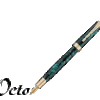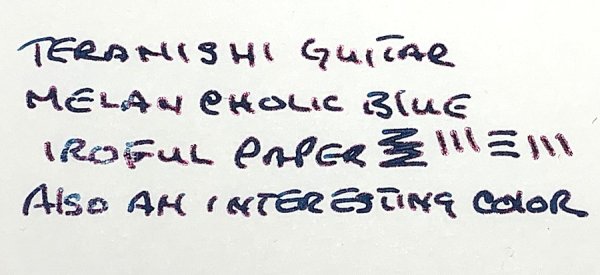Who Uses Connected Writing?
-
Forum Statistics
357.4k
Total Topics4.7m
Total Posts -
Member Statistics
129,897
Total Members18,857
Most Online Newest Member
Newest Member
zmija
Joined -
Images
-
Albums
-
USG 22
- By USG,
- 0
- 0
- 77
-
Ink testing pages 2025
- By Penguincollector,
- 0
- 0
- 53
-
Andrew Lensky Arts
- By Andrew_L,
- 4
- 25
- 98
-
Extra Fine Nib Ink Reviews (23 of n)
- By LizEF,
- 0
- 10
- 10
-
Paper
- By Penguincollector,
- 0
- 0
- 4
-


















.thumb.jpg.f07fa8de82f3c2bce9737ae64fbca314.jpg)









Recommended Posts
Create an account or sign in to comment
You need to be a member in order to leave a comment
Create an account
Sign up for a new account in our community. It's easy!
Register a new accountSign in
Already have an account? Sign in here.
Sign In Now